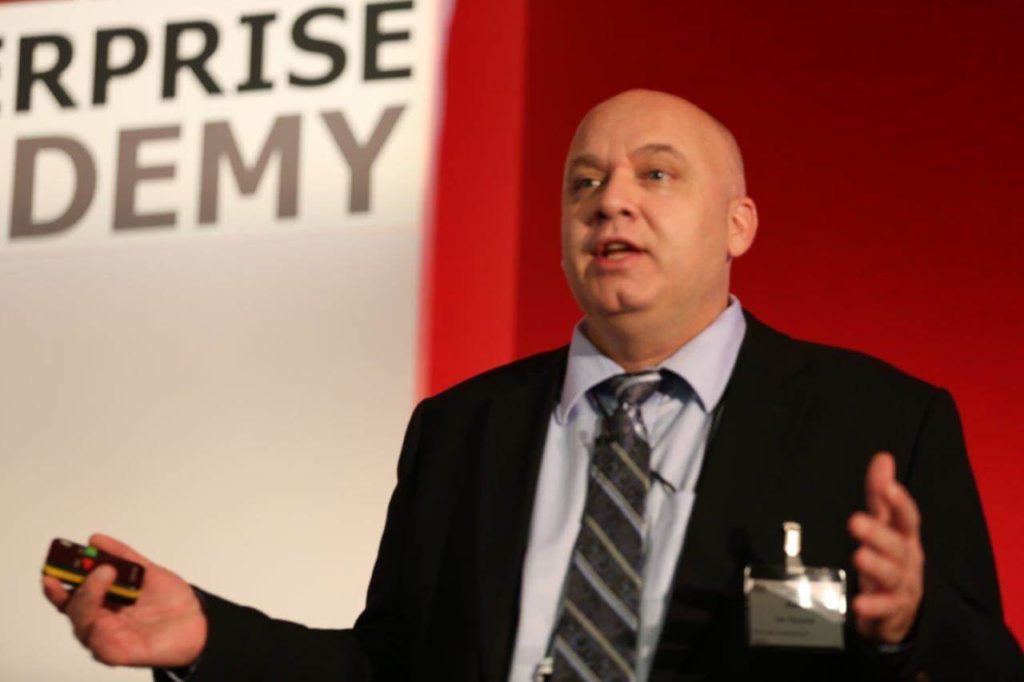Dan Florizone, the Deputy Minister of Education for the Canadian Province of Saskatchewan, talked about his experience of implementing Lean Principles across the Health Ministry. This is truly an inspirational story and an example to those who thought that Lean Processes could struggle to overcome the often complex working of government bureaucracy [and I include myself in this!] This is a story of large scale change – to date over 23,000 health care and government employees has gone through Lean training alone – across the whole service of health delivery (2000 doctors, 65+ hospitals,160+ care homes). But the story is also about changing the way in which government thinks and delivers its services.

At the core of this is a culture change; a promise to put the citizen first and better serve individuals. And the major leap to gaining buy-in across the Health Ministry was for civil servants to think deeply about who their customers actually were. This led to a questioning of their purpose and whether they were indeed, putting the customer first. Heady stuff for a government department! The next leap was to invite patients directly into the Lean process – for example, every improvement group has a patient embedded. This changes the conversations, they are not about what the groups thinks the patients’ concerns are but become focused on their true needs as the customer is there in front of them. It’s not just the customer, employees are included in the Lean process and are empowered to change what they need to do to ensure patients are put first and receive the care they need. Management tasks have been re-designed to ask what the problems are which stop employees achieving this and help support them in making improvements. Going to Gemba and focusing on front-line services thus becomes a way of life.
And the benefits speak for themselves – by using Lean Processes lead-time for patients through the system is down by 40% and defects and errors reduced by 70%. But the story doesn’t stop there. Lean principles have been rolled out across the Department of Education. Empty warehouses have become testing grounds to mock up designs for new schools, with pupils directly working with teachers to ‘design a future for kids’. Again, the concept of ‘Pupils First’ is at the heart. And this has now been adopted across all areas of government and continuing to drive even more improvement.
Engaging with customers at such a detailed level is difficult to do, and Dan and his team admit that there have been many mistakes and frustrations along the way. But this story shows that the act of integrating customers into the purpose and operation of an organisation can drive engagement and improvement, even across large complex and hierarchical organisations. Powerful and inspirational stuff indeed.